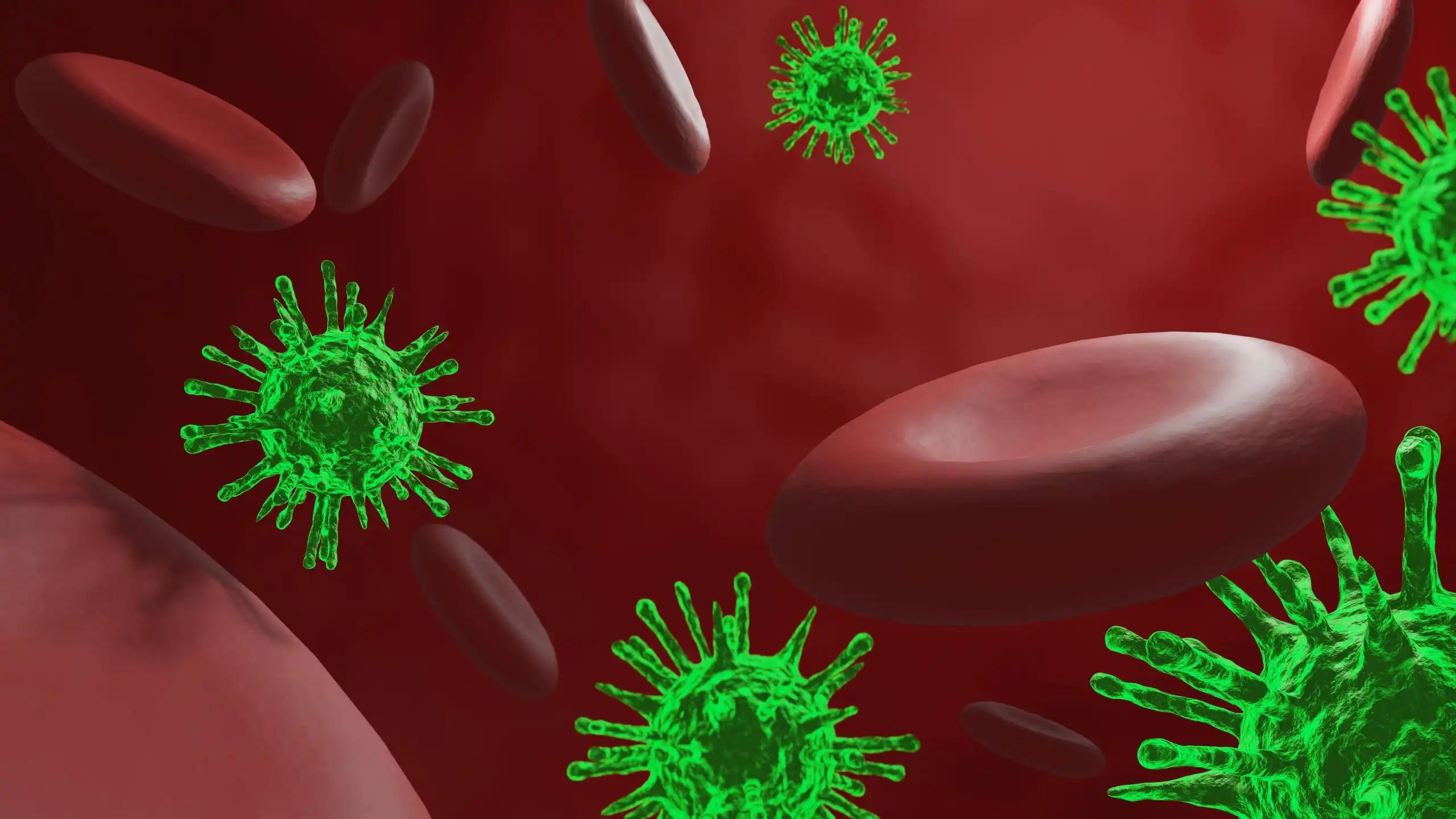KEY TAKEAWAYS
- IMmotion151 study (NCT02420821) investigated the relationship between PARP1 and PBRM1 in ccRCC patients treated with atezolizumab with bevacizumab or sunitinib.
- PARP1 expression status predicts PFS in PBRM1-wildtype patients treated with antiangiogenic therapy
- PARP1-high expression group in both arms had a shorter PFS (P<0.005).
- PARP1 expression and PBRM1 mutations influenced tumor angiogenesis (P<10-5), with the poorest angiogenesis scores found in PARP1-high/PBRM1-wildtype patients.
- Further research is needed to explore the interaction between PARP1 and PBRM1 in ccRCC patients receiving ICI treatment and antiangiogenic therapy.
Antiangiogenic medication discovery and, more recently, ICI has greatly increased the survival rate of patients with metastatic renal cell cancer. However, there is substantial unpredictability in the response to therapy. Recent research has revealed that the expression of PARP1 and the PBRM1 mutation interact to predict the response to ICI in clear cell renal cell carcinoma (ccRCC). Both have been demonstrated to increase tumor angiogenesis. This research aimed to explore the relationship between these putative predictive indicators. Extraction of genomic, transcriptomic (EGAS00001004353), molecular expression clusters, and clinical data from the IMmotion151 study, which comprises patients with advanced renal cancer treated with atezolizumab with bevacizumab (ICI plus antiangiogenic) or sunitinib (antiangiogenic) (n=794) (2). After dividing ccRCC patients into PARP1 and PBRM1 subtypes, researchers compared their PFS and molecular subtypes.
Both the atezolizumab plus bevacizumab and sunitinib arms had a shorter PFS in the PARP1-high expression group (P<0.005). Patients with high levels of PARP1 were disproportionately represented in the poor and intermediate MSKCC prognostic risk categories; nevertheless, the correlation between PARP1 and PFS persisted after controlling for these factors. PARP1-high/PBRM1-wildtype patients in the sunitinib arm had a substantially shorter PFS than the other groups (P<0.0005) when PBRM1 mutation was utilized to stratify PARP1 groups further. PARP1 expression and PBRM1 mutations influenced tumor angiogenesis (P<10-5), with the poorest angiogenesis scores found in PARP1-high/PBRM1-wildtype patients. T-effector/proliferative and Proliferative clusters were found to be overrepresented in the same population. The researcher’s ability to explore the role of PARP1/PBRM1 in this setting was hindered by the lack of an ICI-alone arm in IMmotion151. This study is the first to demonstrate that PARP1 expression status predicts PFS in PBRM1-wildtype patients treated with antiangiogenics and may predict PFS in ICI plus antiangiogenic and antiangiogenic alone regimens. There is a need for more research into the interaction between PARP1 and PBRM1 in ccRCC patients receiving ICI treatment, and this research should be expanded to include those receiving antiangiogenic therapy.
Source: https://nwm.covr.be/cmPortal/searchable/EACR2022/config/normal#!abstractdetails/0000958340
Clinical Trail: https://clinicaltrials.gov/ct2/show/NCT02420821
J. Lanillos, M. Santos, C. Valdivia, J. de Nicolas, A. Mora, C. Rodriguez-Antona/PARP1 expression and PBRM1 mutation as potential biomarkers for predicting the response to atezolizumab plus bevacizumab or to sunitinib in clear cell renal cell carcinoma patients/ Conference Portal. (n.d.). Nwm.covr.be. Retrieved April 26, 2023, from https://nwm.covr.be/cmPortal/searchable/EACR2022/config/normal#



